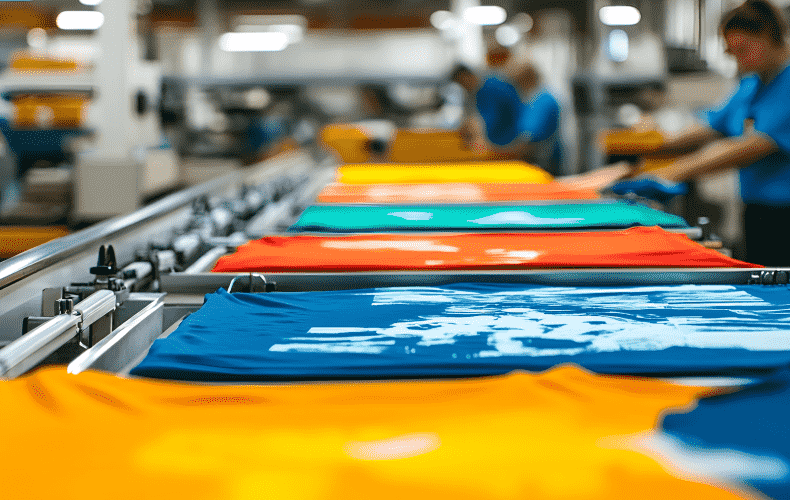
Crypto Investment Entry and Exit Strategies of Institutional Investors
Section: Business
Not too long ago, Curiosity touched down on Mars, in a feat most only thought possible in the craziest of sci-fi movies. The world cheered as it watched the spacecraft descend flawlessly: speeding towards surface, opening the supersonic parachute, releasing the hovercraft, and lastly, lowering the rover to the ground via a mid-air pulley system. The space industry has recaptured the public's imagination.
Curiosity's mission is to determine if Mars ever had the ability to harbor life. This rover has the most impressive array of equipment ever sent to the surface of Mars. This includes seventeen different cameras, a laser beam for determining the composition of solid material at a distance, a system that smells the air on Mars for different chemicals, a neutron gun for detecting hydrogen under the surface, a weather system, and a robotic arm for tasks like drilling or scooping soil. Since its landing, the rover has been checking the performance of every single instrument, along with a few short test drives. Amazingly, all of the instrument checks have passed better than expected so far. The only equipment left to test is the robot arm, which NASA engineers are testing over the entire week. The only damaged piece of equipment was the back wind-sensor, which probably was hit by a stray rock upon descent. Last week, NASA engineers tested the final set of instruments on the robot's arm, finishing in time to image a Martian lunar eclipse.
None of this has stopped the rover from examining its surroundings, though. It has already sent back many breathtaking photos of the nearby terrain and of Mount Sharp. A zoomed-in photo of the area that Curiosity will be trekking towards revealed a landscape of colossal foothills and a web of valleys, with multicolored variations. The rover also zapped a few rocks with the laser to test out the composition, including a singed area burned by one of the hovercraft rockets. All it found was the most common Martian rock, basalt. On a brighter note, the neutron gun has detected hydrogen under the ground. Lastly, this past week was the first time that a sampling system has examined the composition of the Martian atmosphere since the Viking Program ended in the 1980's. It is searching for methane, which could be a sign of metabolic processes from organisms.
Curiosity is situated in a perfect location to determine whether running water ever existed on Mars. Satellites around the planet have already mapped out the surface of Mars based on how a chemical composition reflects light. They found the signal for water, a key component for life, on large swaths of the terrain, including Gale Crater, where the rover landed. Scientists think that these areas are filled with hydrated minerals, where water molecules become part of the rock chemical structure.
Gale Crater also has other unique geological features that can help the rover learn about present and past conditions on the planet. It is 3 kilometers deep, but has a five-kilometer mountain named Mount Sharp rising from its center. There are no plate tectonics on Mars, so how it formed is literally 'alien' to us. The mountain has different layers and the oldest layer, the one closest to the bottom, is made of hydrate minerals. Curiosity's ultimate goal is to drive to this layer and evaluate some of its rocks and learn about older geology that may not be accessible on other parts of Mars.
In the last month, Curiosity traveled only 192 meters and is heading towards its first destination, Glenelg. This area is an intersection of three types of terrain, and is also unique because part of it shows up lighter on nighttime heat maps of Mars. This means the area holds onto some of its heat throughout the night. Once the rover arrives, it will be very busy sampling the different rocks this formation has to offer. Perhaps it will discover something there that would overshadow its own historic landing.

Section: Business

Section: Arts

Section: Arts

Section: Business

Section: Business

Section: Arts

Section: Health

Section: Arts

Section: News

Section: News
Health Insurance in Germany is compulsory and sometimes complicated, not to mention expensive. As an expat, you are required to navigate this landscape within weeks of arriving, so check our FAQ on PKV. For our guide on resources and access to agents who can give you a competitive quote, try our PKV Cost comparison tool.
Germany is famous for its medical expertise and extensive number of hospitals and clinics. See this comprehensive directory of hospitals and clinics across the country, complete with links to their websites, addresses, contact info, and specializations/services.
One of the most beautiful squares transforms into a summer stage every year for two days. The Gärtnerplatz Open-Air features a free music and cultural program across three stages, as well as street food from local vendors. On Saturday, the main stage at Gärtnerplatz offers something for everyone,...



No comments yet. Be the first to comment!